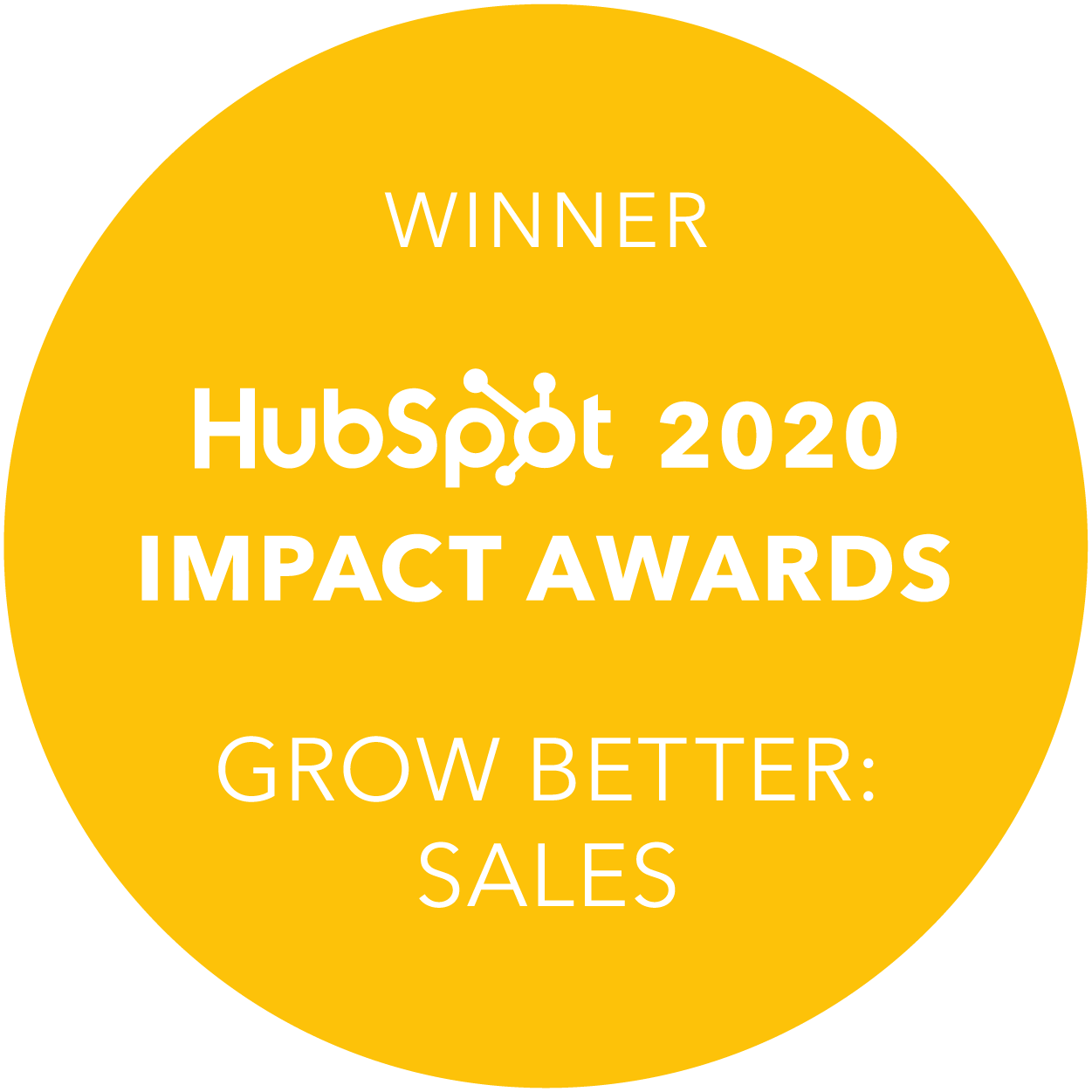If you own a small business, ranking high on Google is a top priority. In today’s online world, where 93% of buying decisions start online, your business needs to be visible to people who need your product/service. The quicker and easier it is for your ideal buyers to find your business, the more traffic you will generate on your website and the higher chance you have of converting high-quality leads. Don’t forget the higher you rank in Google, the less you need to spend on advertising!
“The top spot on Google gets around 33% of the clicks, with the second position getting around 15% of the share and 9% going to number three” (Searchenginepeople) and the rest of the results get even less than that. Given that Google is the world’s most widely used search engine on the planet, it begs the question; how do you get to the top organically?
The short answer? Understand how Google works, know what your customers want and create lots of highly valuable and relevant content around your buyer’s key search terms.
Let’s start by addressing the first of those three points.
Google’s algorithm works by promoting websites that have built up a level of ‘authority’ over time. The reason being is that it allows users to find highly valuable and relevant sources quickly based on their search terms without having to trawl through endless results to get there.
‘Authority’, in this instance, is defined by:
- How old your website is
- How valuable your content is for your target audience
- The quality/quantity of backlinks that point to your website from external sources
- How well your website is optimised and structured, often referred to as on-page SEO.
- Where you are being mentioned online (testimonials, citations, social channels)
None of the above can be achieved overnight, which is why SEO is a long-term strategy. The length of time it takes for you to build up your ‘authority’ on Google is dependent on three variables.
- How well you do each of the bullet points listed above.
- How competitive the SEO market you’re targeting is (i.e. If your product/service is niche and you’re trying to rank for a keyword with a very low difficulty, it will be much easier to rank highly for that keyword compared with trying to rank for a generic keyword that a vast number of businesses are competing for e.g. “Travel”, Software”, or “Computer”).
- How many things you do that Google doesn’t like.
Now that we’ve covered what you need to do, let’s dive into how you do it!
Create quality content that your audience craves
.png?width=627&name=pasted%20image%200%20(1).png)
The best way to ensure that you’re creating quality content is to think about your users and put them first.
Ask yourself…
- What do they want?
- What are their pain points?
- What are they searching for online to help them overcome those pain points?
Only when you know what your ideal buyers are searching for can you start creating quality content around those search terms.
Avoid like the plague creating content that serves little value to your audience. This will cause high bounce rates and tell Google that your content is not desirable. It doesn’t matter how good your on-page SEO is, if it’s not valuable content, and your users are bouncing straight off, Google won’t rank your website.
Keep an eye out for topics that are becoming less and more important over time. As niches evolve and trends fade, keywords gain and lose popularity. Good keyword research involves identifying which search terms are becoming more common with your ideal buyers and creating content around those. Keyword research is a continual process month on month, it should never stop as your competitors continually change around you.
A great way to drive traffic to your website and begin ranking for a particular keyword is to write blogs that cover a particular topic that your users are searching for. This works especially well for low-competitive keywords. That’s because it helps you target users who are looking for a very niche piece of information. When they turn to Google to answer their question, they are served your blog which provides them with the answer they’re looking for. This is the cornerstone of inbound marketing and a great tactic you can deploy in your SEO strategy to start ranking for a particular keyword within a few months.
Provide an excellent user experience
.png?width=627&name=pasted%20image%200%20(2).png)
While the content that you’re producing has a major influence on the desirability of your website, as does the user experience. Page speed, website design and navigation all play a major role in shaping the user experience. A website that is easy to use, beautifully designed and loads fast will keep users on the site longer and help them find exactly what they’re looking for. This results in more conversions, which tells Google that your website is desirable and subsequently improves your ranking.
Build quality SEO backlinks
.png?width=627&name=pasted%20image%200%20(3).png)
Backlinks are created when one website links to another. The link to an external website is called a backlink. In essence, Google recognises backlinks to your website as a “vote of confidence” from another source. You can think of backlinks in terms of receiving a like on Facebook. It’s a thumbs up to your content. The more you receive, the more credible your content is deemed to be by Google. And the more you receive from trustworthy, popular, high-authority sites, the bigger the credit Google will give you for earning that backlink.
So how do you get mentioned by high-quality websites? Ultimately, it all comes back to creating quality content. Infographics, in particular, work well for earning backlinks. People like to share a beautiful, easy to digest and informative infographic right? Make sure that you create one that is original and tells an interesting story to your audience. A good way to come up with an idea for your infographic is to follow currently trending topics in your industry and then create your infographic using statistical data. Distribute it on social media or in an email marketing campaign and if the content speaks for itself, it won’t go unnoticed by the major players in your industry.
Don't upset Google!
.png?width=624&name=pasted%20image%200%20(4).png)
As the world’s most loved search engine, Google has spent a lot of effort in ensuring that it gives people what they are looking for. Its algorithm is so advanced that it can now detect whether the language is natural or unnatural. If you think you can cheat it by keyword stuffing, think again! Any content that is deemed to be spammy and results in a negative user experience will harm your site's ranking. Focus instead on creating useful, information-rich content that uses keywords appropriately and in context.
Conclusion
Finally, ensure you’re implementing SEO best practice on all pages of your site. Meta descriptions, H1 tags, alt text, page titles and URL’s should all be optimised for primary keywords. Check that internal and external links go to the correct place. Ensure that your site is optimised for mobile and desktop and that pages load quickly without any lag. All these elements play a part in the overall user experience and if your user doesn’t like it, then neither will Google.

.png?width=200&height=67&name=RevM%20Digital%20Marketing%20Agency%20Woking%20Surrey%20(1).png)






